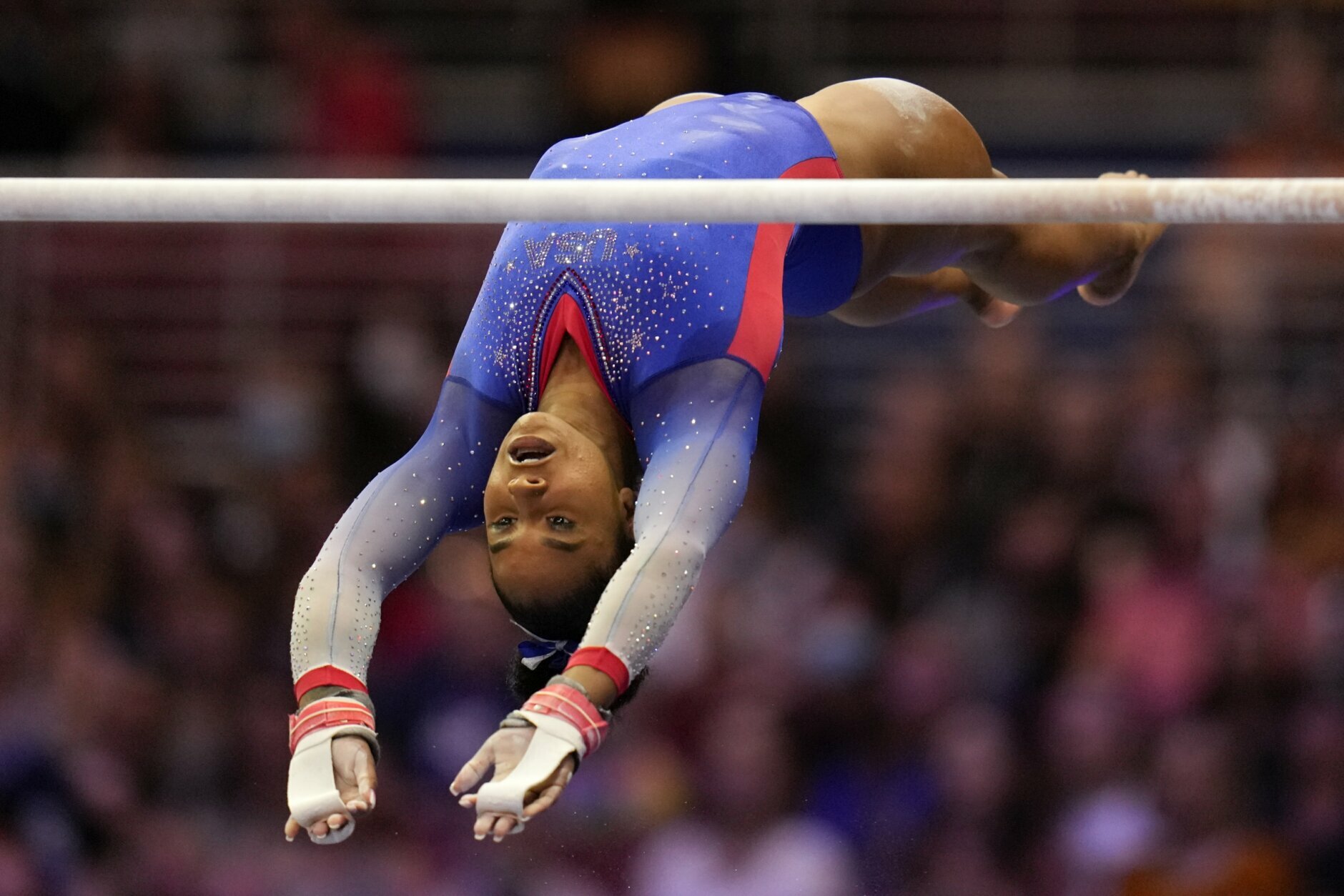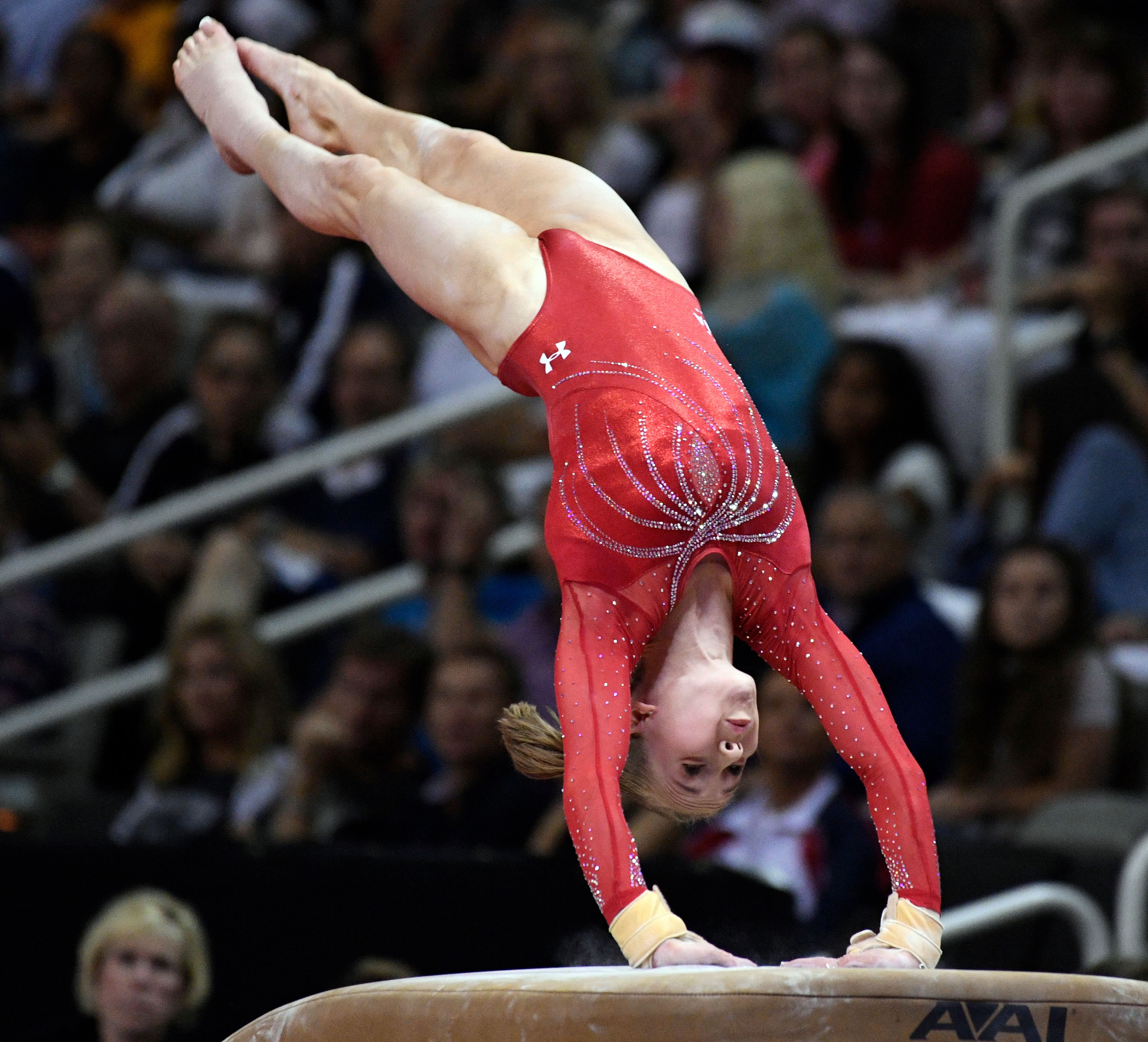Injury Risk Assessment and Prevention: Gymnastics Olympic Trials Injury

Gymnastics olympic trials injury – Gymnastics, a physically demanding sport, exposes athletes to various injury risks. Understanding these risks and implementing preventive measures are crucial for maintaining athletes’ health and performance.
Gymnastics is a sport that requires immense strength, flexibility, and agility. However, the pursuit of perfection can come at a price, as evidenced by the numerous injuries that plague gymnasts. The upcoming Olympic trials are a testament to this, with several athletes facing setbacks due to injuries.
As we eagerly anticipate the trials, we can’t help but wonder about the sacrifices these athletes have made to reach this point. Their determination and resilience in the face of adversity serve as an inspiration to us all. To learn more about the specific injuries that have affected gymnasts in the lead-up to the trials, click here.
Common injuries in gymnastics include sprains, strains, fractures, and dislocations. These injuries can occur due to factors such as repetitive high-impact landings, improper technique, inadequate warm-up, and lack of conditioning.
The gymnastics olympic trials are a testament to the incredible athleticism and dedication of these young athletes. Women gymnasts have been particularly impressive, showcasing their strength, grace, and determination. However, the trials have also been marred by injuries, which are a constant risk in such a demanding sport.
Proper Training Techniques and Equipment
Proper training techniques and equipment play a significant role in preventing injuries. Coaches must ensure that athletes follow correct form and technique during exercises. Adequate warm-up and cool-down routines, as well as progressive training programs, help prepare the body for demanding movements and reduce the risk of strain or injury.
Injury Screening and Rehabilitation
Regular injury screening and rehabilitation are essential components of injury risk management. Screening can identify potential imbalances, weaknesses, or biomechanical issues that may predispose athletes to injury. Early detection allows for targeted interventions and rehabilitation to address these issues, minimizing the likelihood of severe injuries.
Injury Management and Treatment

Prompt and appropriate injury management is crucial for gymnasts to recover effectively and prevent long-term complications. Understanding the immediate steps to take and the various treatment options available can empower athletes and support staff to make informed decisions and facilitate optimal recovery.
In the event of an injury, the following steps should be taken promptly:
- Stop the activity immediately: Avoid further strain or damage to the injured area.
- Apply ice: Use ice packs or cold compresses to reduce pain, swelling, and inflammation.
- Elevate the injured area: This helps reduce swelling and promotes drainage.
- Seek medical attention: Consult a qualified healthcare professional, such as a sports medicine physician or physical therapist, to assess the severity of the injury and determine the appropriate treatment plan.
Treatment options for gymnastics injuries vary depending on the type and severity of the injury. Conservative interventions, such as rest, physical therapy, and bracing, may be sufficient for minor injuries. More severe injuries may require surgical interventions, such as arthroscopic surgery or ligament repair.
Pain Management
Managing pain is an essential aspect of injury recovery. Common pain management strategies include:
- Over-the-counter pain relievers: Nonsteroidal anti-inflammatory drugs (NSAIDs), such as ibuprofen or naproxen, can help reduce pain and inflammation.
- Prescription pain medication: In some cases, stronger pain medication may be prescribed by a doctor to manage severe pain.
- Physical therapy: Specific exercises and modalities can help reduce pain, improve range of motion, and strengthen the injured area.
Swelling Management
Swelling is a common symptom of many injuries. Effective swelling management techniques include:
- Ice: Applying ice packs or cold compresses to the injured area can help reduce swelling and inflammation.
- Compression: Using elastic bandages or wraps can help compress the injured area and reduce swelling.
- Elevation: Elevating the injured area above the level of the heart can help reduce swelling and promote drainage.
Return to Gymnastics after Injury

Recovering from a gymnastics injury requires a structured and individualized approach to ensure a safe and successful return to the sport. This involves gradually reintroducing gymnastics-specific movements, monitoring progress, and communicating effectively among athletes, coaches, and medical professionals.
Developing a Tailored Rehabilitation Program
The rehabilitation program should be tailored to the type and severity of the injury. It typically involves:
- Rest and protection: Allowing the injured area to heal and reduce inflammation.
- Range of motion exercises: Gradually restoring joint mobility and flexibility.
- Strengthening exercises: Building muscle strength and endurance to support the injured area.
- Proprioceptive exercises: Improving balance and coordination to enhance joint stability.
- Functional exercises: Practicing gymnastics-specific movements to prepare for a return to sport.
Importance of Communication, Gymnastics olympic trials injury
Effective communication among athletes, coaches, and medical professionals is crucial for a safe return to gymnastics. Athletes should openly communicate their pain levels, limitations, and progress. Coaches should provide guidance and support, monitoring athletes’ progress and adjusting the rehabilitation program as needed. Medical professionals provide medical advice, assess progress, and clear athletes for return to sport.